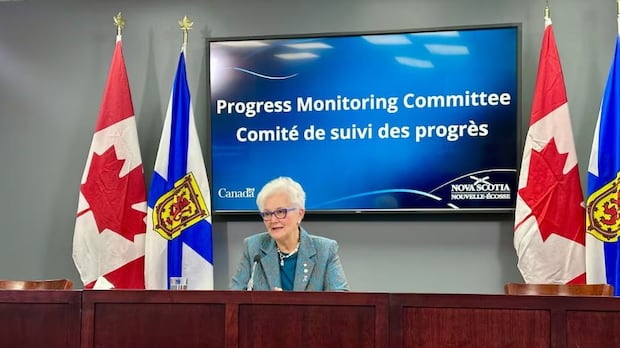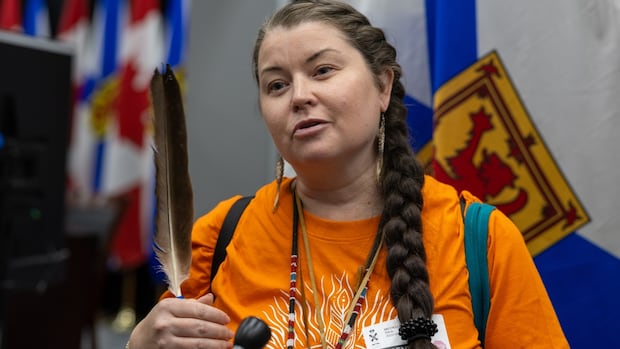N.S. farmers seek more predictable relief in the face of extreme weather
;Resize=(620))
As Nova Scotia’s farmers face uncertainty from more extreme weather, there are calls for the province to provide more predictable financial relief to the sector.
The Department of Agriculture provided $12.7 million in support to more than 400 registered fruit, vegetable, berry and forage farms that suffered damages during extreme weather in 2023.
Allan Melvin, president of the Nova Scotia Federation of Agriculture, said members have concerns about how the program was handled and are working with the province to plan for the future.
“We need to get to a place where the programs are in place beforehand so we have predictable outcomes,” said Melvin.
“We don’t know until many months after our season has ended whether there will be support, what the support will look like.”
In response to extreme weather, the province has built a new online system to help it administer emergency relief grants.
Lisa Jenereaux, co-owner of Spurr Brothers Farm in Melvern Square, N.S., said there was too much rain in a short time Thursday — particularly because fields were already saturated from rain earlier in the week.
Last week, a flash flooding washed out roads and led to a bridge collapse in the Annapolis Valley.
Lisa Jenereaux, co-owner of Spurr Brothers Farms in Melvern Square, N.S., said there was simply too much rain in a short period of time. The fields were already saturated.
“No one can really say how much damage will be done from these two big rainfalls yet, except for if you had flooding,” she said in an interview Sunday.
“You can’t get into a lot of places in the orchards or in the field crops with your equipment because it’s still too wet.… You will just absolutely sink just walking.”
Jenereaux worries the heavy rains followed by hot, humid weather could make crops more vulnerable to disease.
Some growers ‘extremely disappointed’
It’s a concern echoed by John Oulton of TapRoot Farms in Port Williams, N.S. His planting and weeding was interrupted by the rainfall.
While his sweet corn loved the rain, he said it was too much for his cherries — a crop that bore the brunt of a polar vortex in February 2023.
“You just have to keep soldiering on one foot in front of the other and hope everything works out,” said Oulton.
Both farmers question how the provincial program was delivered last year — particularly the amounts allocated to commodities.
“They just really need to have a good hard look at what’s happening and where the need is,” Oulton said.
“There is a huge amount of growers that are extremely disappointed and are hurting because they did not get the money that they thought that they would get,” said Jenereaux.
‘Everybody is hurting’
The province said applications to the response program were assessed based on the availability of other programs and crop insurance.
“Where a crop insurance plan was available to a producer, payments were made at a lower percentage than for crops where crop insurance isn’t currently available,” department spokesperson Bruce Nunn said in a statement.
Nunn said the province plans to have conversations with farmers about strengthening risk-management programs like crop insurance.
There are also programs around climate change resiliency, but Jenereaux said those can still leave solutions out of reach for some farmers.
“Our farm is no different than most of the farms here,” she said. “Everybody is hurting with their cash flow. It’s a real issue and if we continue to have these issues with weather, I just don’t know how we can continue farming.”




